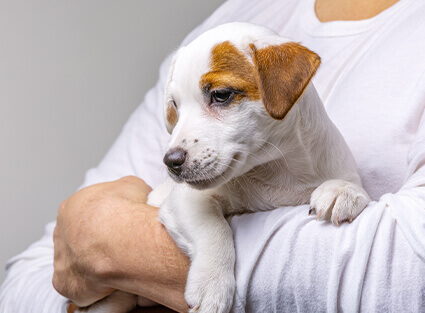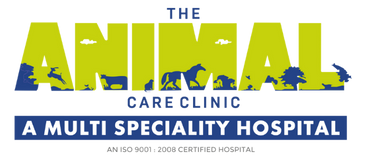One of the easiest ways to train a dog is to use positive reinforcement. In positive reinforcement dog training, you give the dog a reward to reinforce a behaviour you like. For example, if you ask your dog to sit and he does it, you give him a treat. You’re rewarding his good behaviour. Knowing which rewards your dog finds motivating can help make training a dog fun, swift and interesting.
The following are ways in which you can reward a dog’s good behaviour:


1. TREATS
Food rewards are most commonly used when we think about positive reinforcement. Treats are fast and easy to dispense, and they’re a great way to reward a behaviour immediately. If you use clicker or marker, it’s easy to make sure your dog receives a treat the instant he performs a certain behaviour. Treats are perfect for training sessions when you are trying to get a dog to repeat a certain behaviour in rapid succession.
The downside of using treats to reward a dog is that it’s not always convenient to carry treats around. It can also be an issue if you’re working with a dog with weight issues.
2. GAMES
Games are another fun way to reward your dog. You can initiate a game your dog enjoys when your dog does something you like. Games are used in much the same way food is in positive reinforcement training. Ask your dog to do something, and as soon as he does what you’ve asked, initiate a game, such as tug of war or fetch. It’s easy to slip a training session into a game of tug-of-war or fetch, too. Pull out a tug toy or ball. Ask your dog to sit before the game begins. As soon as he sits, offer him the toy and begin playing. During the game, give your dog the “leave it” command. Once he lets go, ask him to lie down. As soon as he’s lying down, offer him the toy or throw the ball. This is a fun way to reinforce your dog’s training.
3. ACCESS TO OUTDOORS
Most dogs love being outside. There are new smells, interesting sights, and all kinds of things to explore. Use your dog’s love for the outdoors as part of your positive reinforcement training program.
House breaking is a good way to use this type of reward. Take your dog or puppy outside on leash to the spot where you want him to pee or poop. Don’t allow him to explore and stay in the same spot. If he doesn’t relieve himself, take him back inside and try again a little later. If he does relieve himself, praise him and take him for a walk around the neighborhood, allowing him to stop and sniff and explore as often as he likes. Soon your dog will learn that he’ll get to spend time outside only after he/she pees and poops in the right spot.

4. ATTENTION FROM YOU
Most dogs love nothing better than having some snuggle time, praise, and attention from you. Your attention can be used as a reward when your dog is well behaved. One way you can do this is to wait until your dog comes to you for some petting. Instead of lavishing him with attention immediately, ask him to work for it first. For instance, you can ask him to sit or lie down. When he does as you ask. If he doesn’t, step away for a few seconds, then return and give him the command again. Your dog will quickly learn that certain behaviours get him lots of your attention.
5. PLAYTIME WITH OTHER DOGS
Many dogs also love to play with other dogs. You can use access to other dogs as a reward for good behaviour. For example, take a trip along with your dog to your neighbours. Have your dog wait until you give him permission to jump out of the car. Ask him to sit or wait again before you open the gate to allow him access to the other dog. You can wait him out, or return to the car if necessary, if he doesn’t comply. As soon as he learns that responding to your commands is the only way he’ll get playtime with other dogs, he will begin offering these behaviours.

